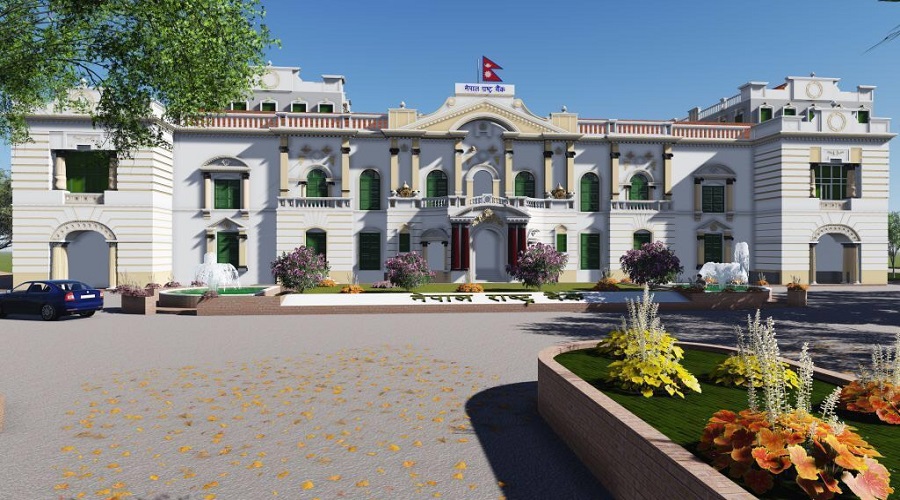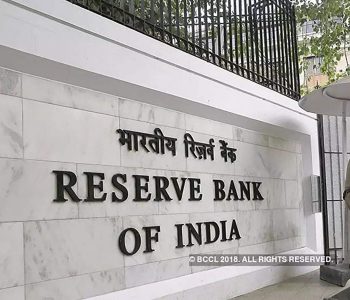Nepal’s financial health improves with surpluses in key indicators

KATHMANDU: Nepal’s financial landscape in the first two months of the current fiscal year presents a positive picture. The country has recorded surpluses in both the current account and the Balance of Payments (BoP), bolstering foreign exchange reserves sufficient to cover a year’s worth of imports.
The latest economic and financial status report, based on data released by the Nepal Rastra Bank, reveals that the current account boasts a surplus of Rs 23.5 billion, a stark contrast to the Rs 36.84 billion deficit seen in the same period last year. Moreover, by mid-September, the BoP reported a surplus of Rs 53.61 billion, as opposed to the Rs 20.81 billion deficit during the corresponding period in the previous year.
Total foreign exchange reserves, which were at Rs 1.539 trillion by mid-July, have increased by 3.9 percent to reach Rs 1.598 trillion by mid-September. Out of this, the Nepal Rastra Bank holds Rs 1.46 trillion, while banks and financial institutions hold Rs 193.95 billion in foreign exchange reserves.
Indian currency constitutes 21.7 percent of the total foreign exchange reserves. Given the country’s imports during the first two months of the fiscal year, these reserves are expected to cover goods imports for approximately 12.6 months and services imports for 10.3 months.
As of mid-September, the ratios of foreign exchange reserves to gross domestic product, gross imports, and broad money supply were 29.7 percent, 86 percent, and 26.2 percent, respectively.
Over the past two months, imports have declined by 5.1 percent, exports by 7.8 percent, and the overall trade deficit in goods by 4.7 percent.
During the same period, the government’s total budget expenditure reached Rs 131.14 billion, while revenue mobilization amounted to Rs 141.8 billion. Broad money supply decreased by 0.5 percent, with an annual increase of 12 percent.
Additionally, the deposit collection of banks and financial institutions dropped by 0.1 percent, while loans to the private sector increased by 0.7 percent. On an annual basis, deposit growth is at 13.2 percent, and private sector loan growth stands at four percent.














Facebook Comment